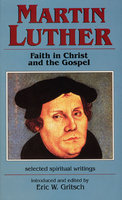New, Quality Gift Books - 50-90% off - over 2500 titles
Your basket is empty.
Categories History POWER OF PLACE: Rulers and Their Palaces, Landscapes, Cities
POWER OF PLACE: Rulers and Their Palaces, Landscapes, Cities
Book number: 94637
Product format: Hardback
In stock
Bibliophile price
£15.00
Published price
£42
Customers who bought this product also bought
|
FROM HERE TO ENLIGHTENMENT
Book number: 94621
Product format: Paperback
Bibliophile price
£3.50
Published price
£16.99
|
KINDNESS, CLARITY, AND INSIGHT
Book number: 94630
Product format: Paperback
Bibliophile price
£3.50
Published price
£14.99
|
BY WHAT AUTHORITY?
Book number: 95073
Product format: Paperback
Bibliophile price
£6.00
Published price
£33.95
|
|
MARTIN LUTHER: Faith In Christ and The Gospel
Book number: 95108
Product format: Paperback
Bibliophile price
£5.00
Published price
$14.95
|
SHE KILLS ME
Book number: 95129
Product format: Hardback
Bibliophile price
£6.00
Published price
£13.99
|
TOO DARN HOT: Writing About Sex Since Kinsey - An Anthology
Book number: 95137
Product format: Paperback
Bibliophile price
£5.50
Published price
$15
|
Browse this category: History



















